Resilient Riverfront Renewal



Main Street, Westerly, RI









Spring 2021:
• Town of Westerly Planning Office and SRICD participated in the Getting Community Buy-in for Stormwater Funding workshop hosted by Narragansett Bay Estuarine Research Reserve


Fall 2021:
• Town of Westerly received a SNEP Technical Assistance grant to provide stormwater design training
• Investigated possible stormwater concepts for 107 Main Street

Summer 2022:
• Stormwater Master Plan (funded by NBEP)

• May 2023 – Planning & Zoning Board Meeting for 107 Main Street (Ritter)
• July 2023 - Planning & Zoning Board Meeting for other properties

• Summer 2023 – 107 Main Street (Ritter) will be in construction
• Spring 2024 – Other properties will be in construction
* Schedule Update: The 107 Main Street application will now be presented at the June 2023 Planning and Zoning Board Meeting
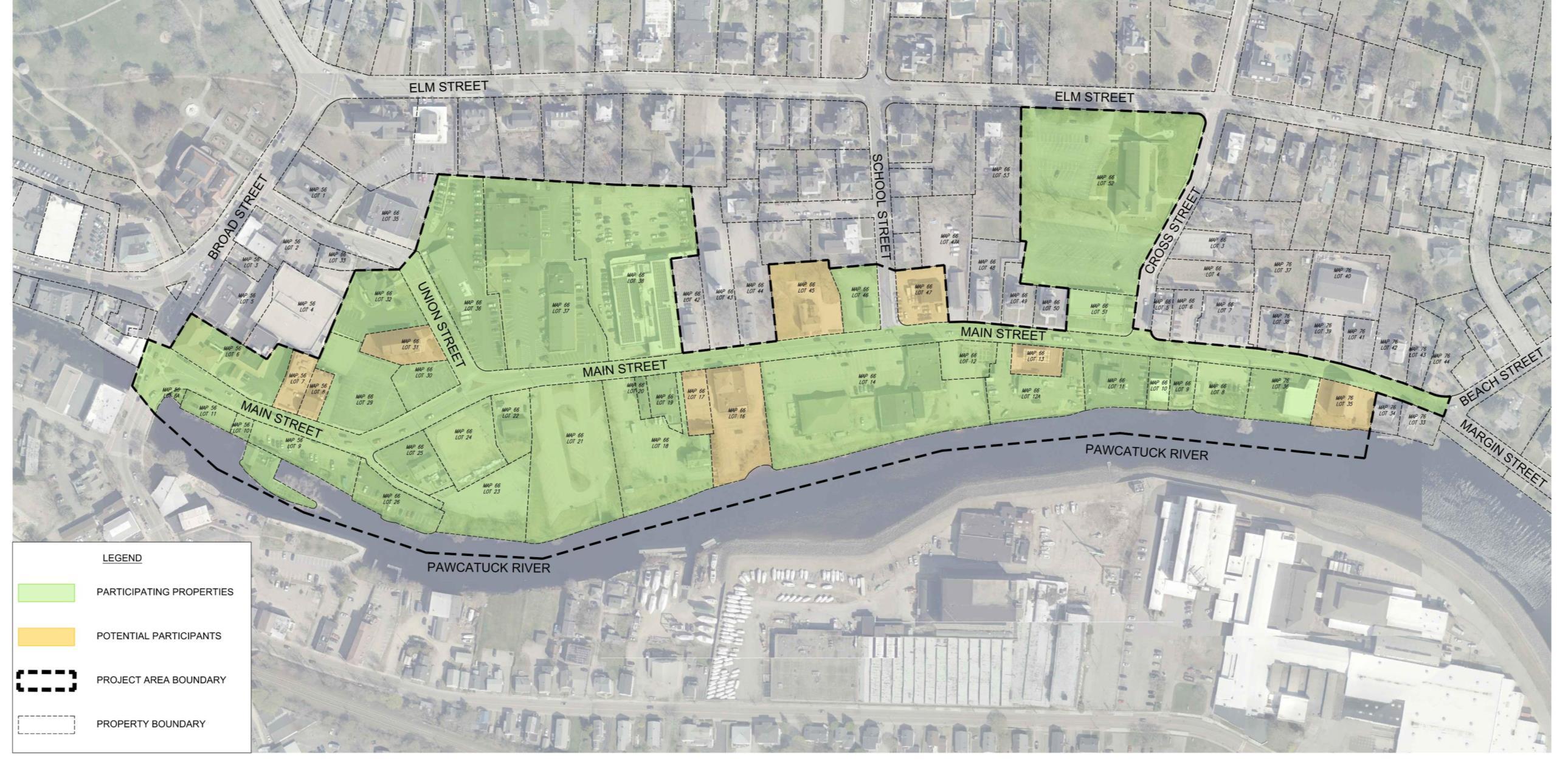


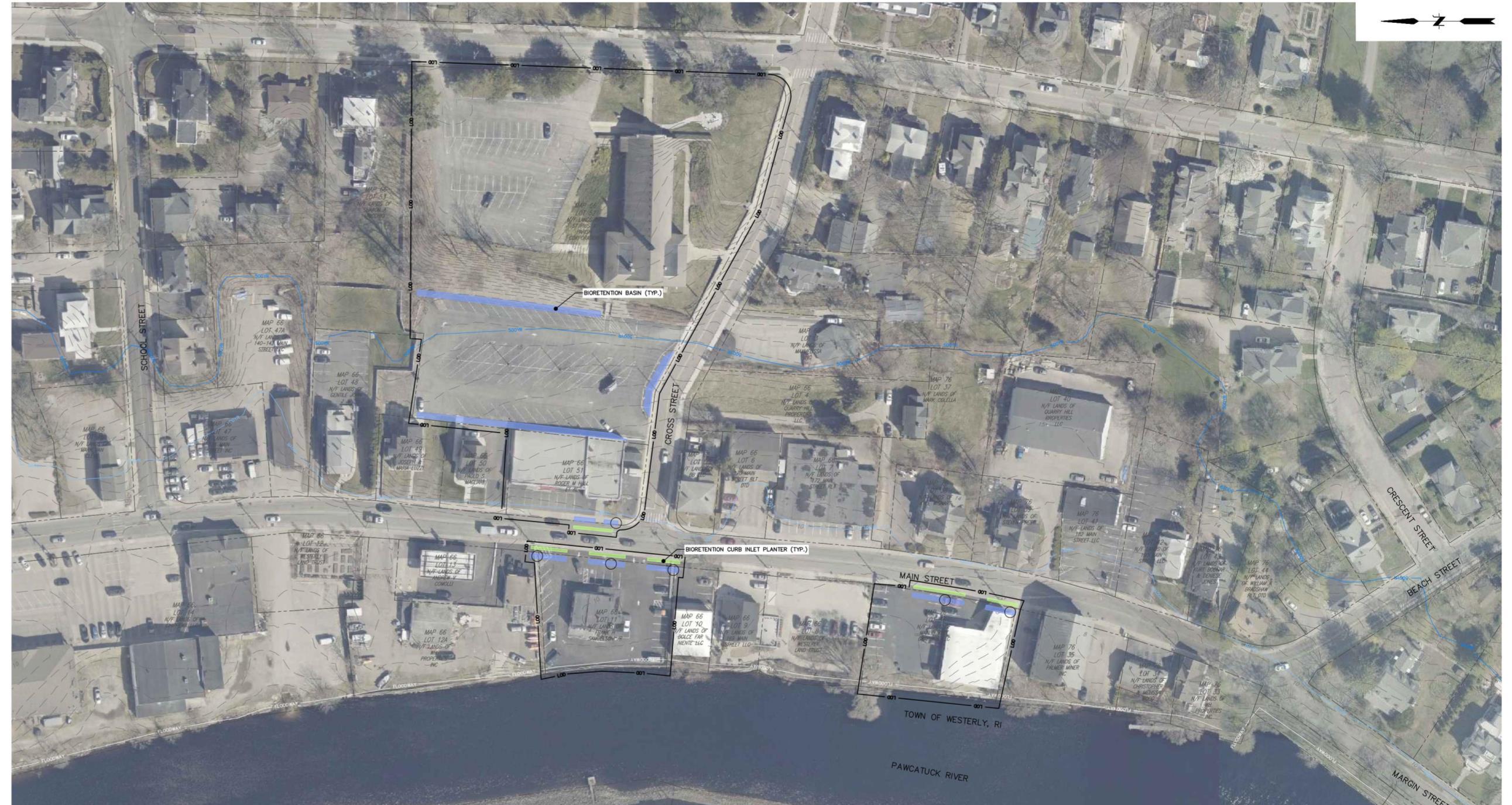
• Streetscape components
− Street Trees
−
Sidewalks
−
Bioretention Planters
− Pocket Parks
• Burying powerlines




Green infrastructure serves the primary purpose of detaining and filtering stormwater, while providing a range of environmental, social, and economic benefits.
ENVIRONMENTAL BENEFITS
ECONOMIC BENEFITS
COMMUNITY BENEFITS
• Improves water quality
• Improves air quality
• Conserves water and allows for local use
• Reduces pollution in urban environment
• Recharges groundwater supply
• Slows the rate of runoff, reducing erosion
• Provides and protects habitat
• Decreases burden on traditional municipal stormwater/sewer system
• Reduces piping, storage facilities, and construction costs
• Reduces or eliminates need for water treatment
• Mitigates localized flooding and drainage issues, lessening likelihood of property damage

• Increases property values by providing green space



• Enhances community safety and resiliency
• Increases quality of life –through attractive green scape and addition of urban amenities
• Promotes beautification of public spaces
• Minimizes the urban heat island effect
• Potentially creates green jobs
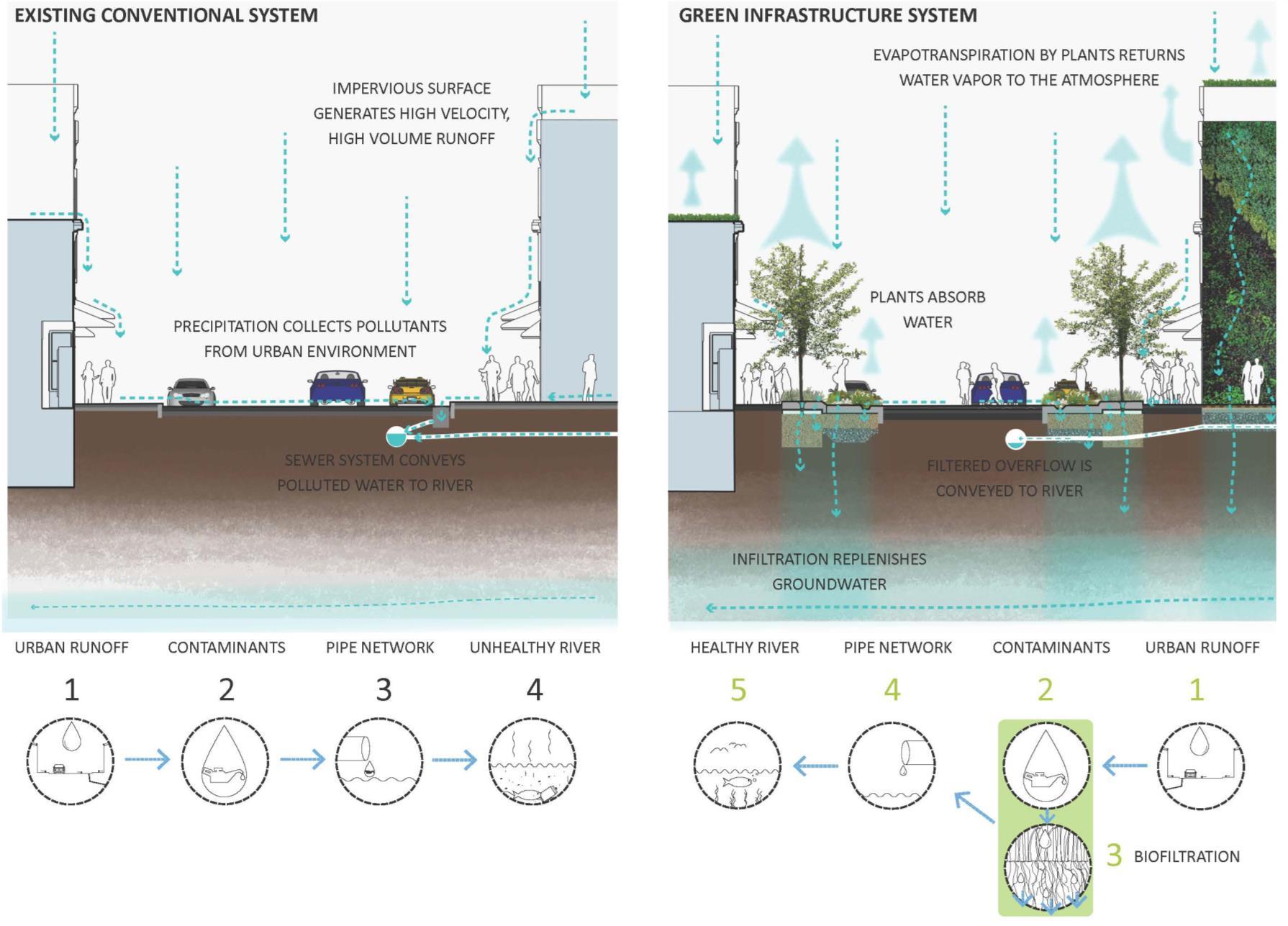


• 2011 EPA audit found RIDOT in violation of the RIPDES Small MS4 General Permit

• Consent Decree entered in US Federal Court in 2015

• Consent Decree requires RIDOT to comply with Remedial Measures identified for
Illicit Discharge Detection and Elimination (IDDE) −
−
Post Construction Stormwater Management
−
Good Housekeeping
−
Total Maximum Daily Loads (TMDLs)
RIPDES: Rhode Island Pollutant
Discharge Elimination System
MS4: Municipal Separate Storm
Sewer System
• Pawcatuck River
− Fecal coliform and dissolved oxygen impairments

− Fecal coliform TMDL
• Consent Decree requires RIDOT to address impaired waterbodies

− RIDOT sets impervious cover reduction targets for waterbodies with bacteria Total Maximum Daily Loads (TMDLs)
• Impervious cover treatment credits
− Based on a combination of pollutant removal, runoff reduction, and peak rate attenuation
− Used to meet impervious cover reduction targets

• Priority is to remove pavement and replace with pervious surfaces
• The Stormwater Treatment Units in the table below have been identified to address target pollutants


• Stormwater Treatment Units were sited based on guidance in the table below
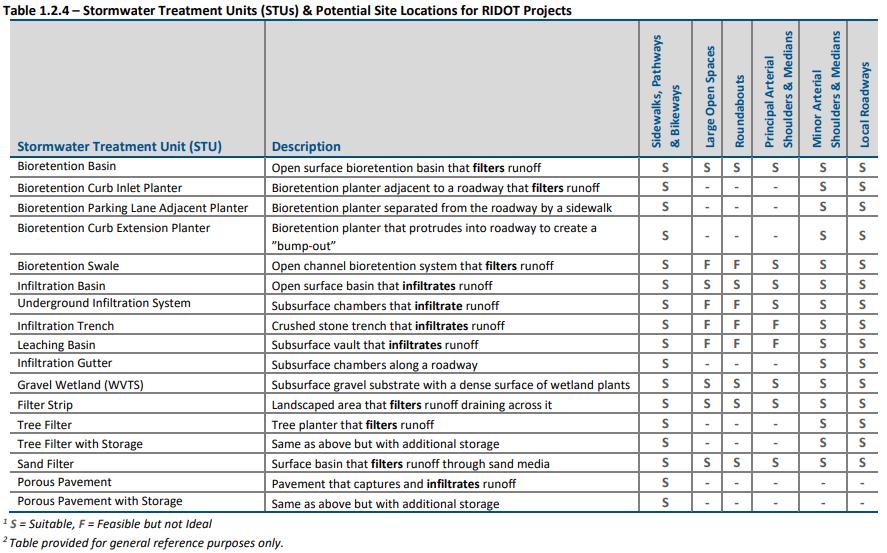
• Treats and improves water quality via filtration
• Reduces runoff
• Provides flood mitigation

• Allows groundwater recharge
• Highly versatile
• Effective in small spaces
• Easily incorporated into existing or new development
• Offers instant beautification
• Simple, low-maintenance landscapes
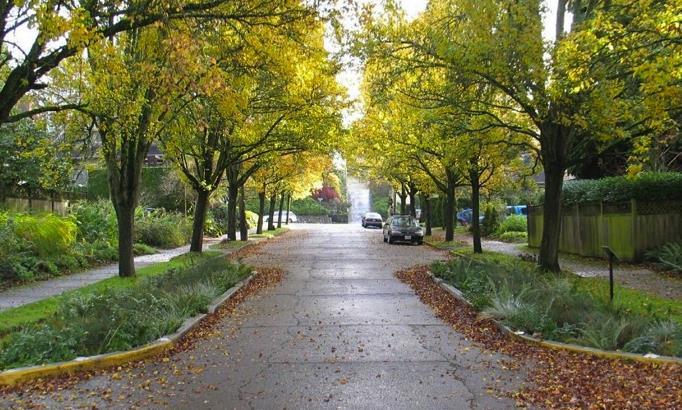
• Increases property values
• Creates habitat and biodiversity
Pollutant Removal Efficiencies (RI Stormwater Design and Installation Standards Manual)


• 70% Bacteria
• 90% Total Suspended Solids
• Basic components: ponding area, soil media, mulch layer, plants
• Pretreatment: Direct initial runoff to a pretreatment area to filter out coarse materials
• Filtration: Use special engineered soils to infiltrate stormwater

• Plants: Use diverse native perennials suited to urban environment
• Consider aesthetics and benefits to habitat
• Drainage: Water must drain within a few days
• Best suited to areas with shallow slopes
• Strategically locate rain garden to intercept runoff
• Not well-suited to managing high volumes of runoff
• Use rain gardens to calm traffic and enhance pedestrian safety
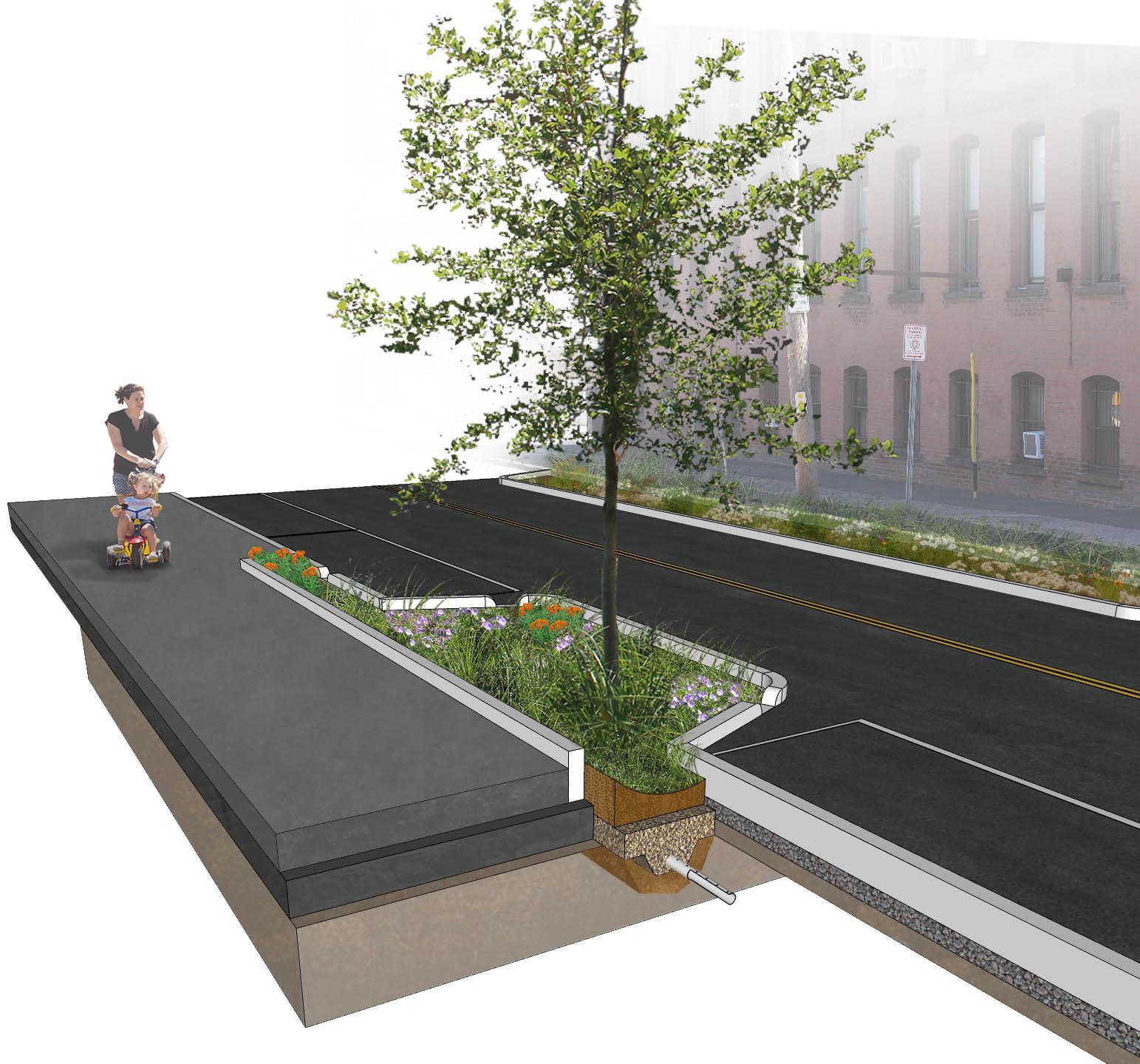
• Minimal maintenance
Water flows into rain garden from the street
Plants filter and transpire water while providing habitat and aesthetic benefits
Stone provides additional water storage
Perforated pipe prevents overloading and flooding during peak storm events
Water filters through soil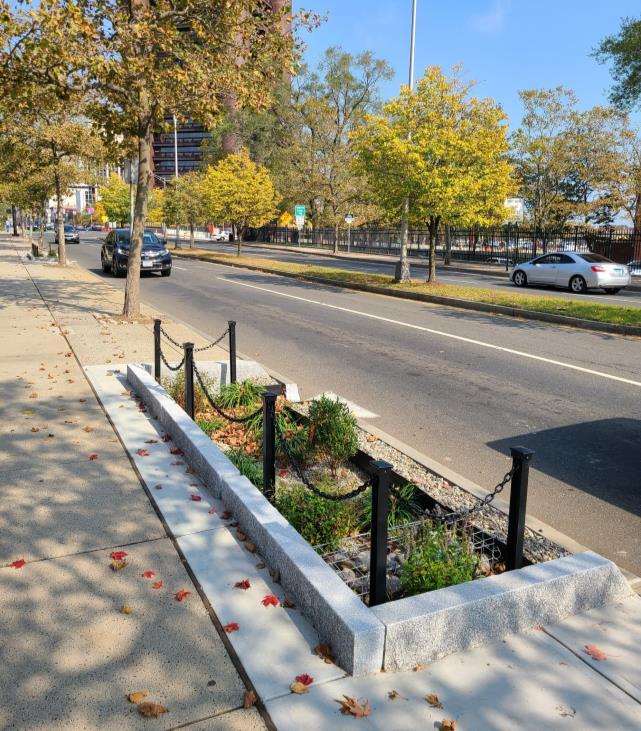




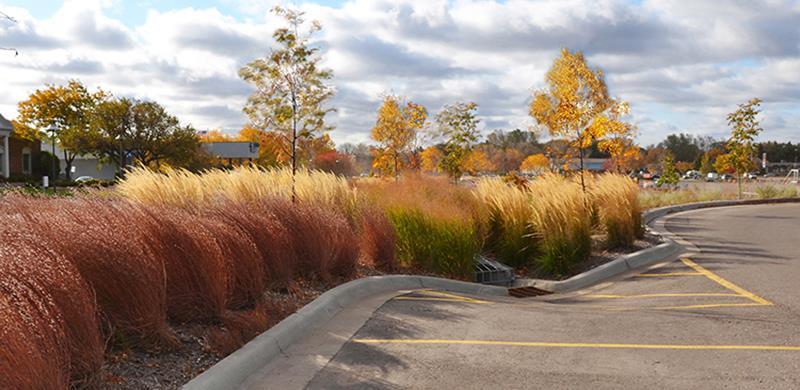




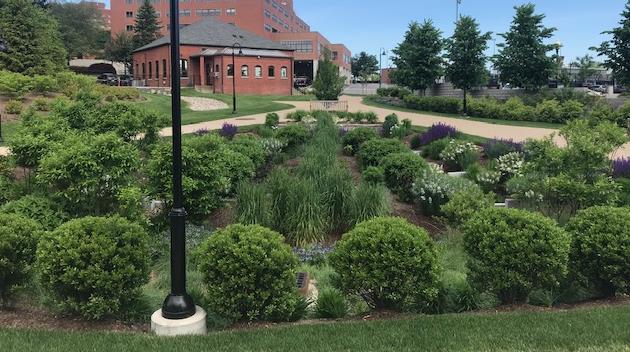


Bioretention swales are shallow, gently sloped, vegetated/landscaped open channel systems designed to convey and filter stormwater.
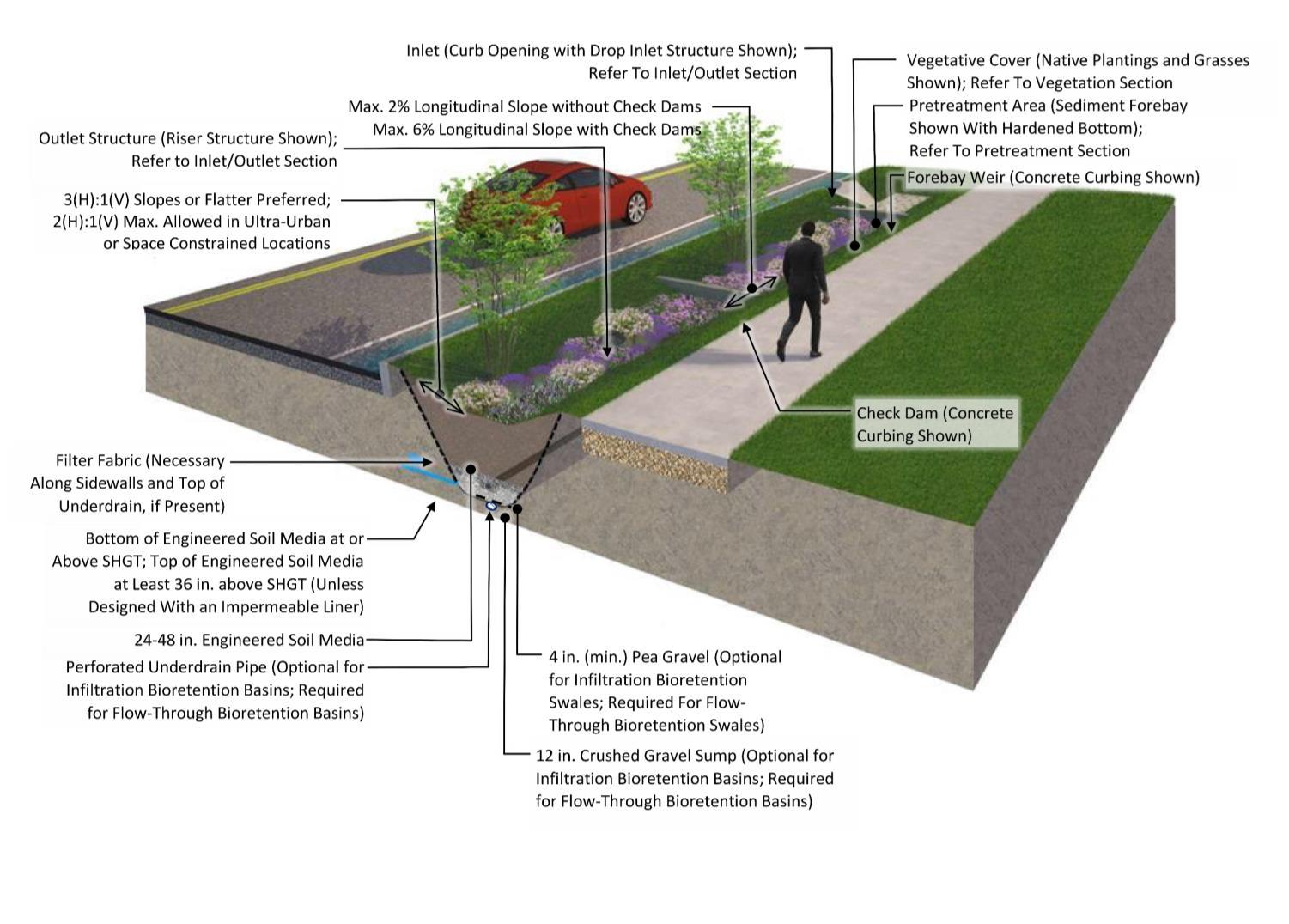


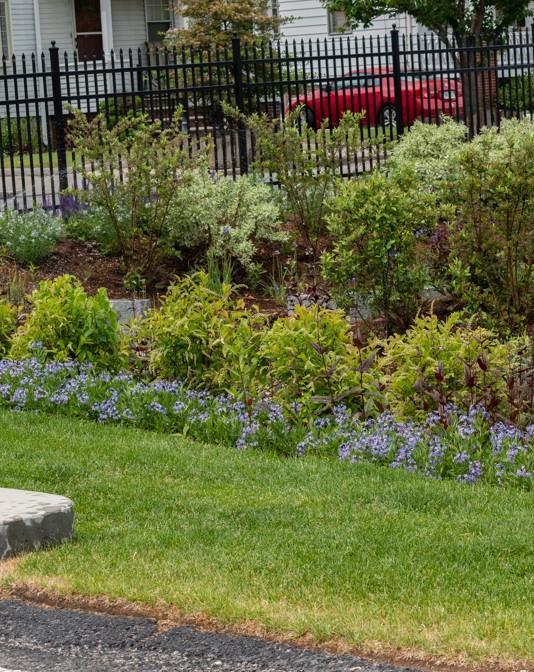

• Basic components: tree(s); concrete trench or pit; metal grating at surface; layers of mulch, soil, stone; subdrain
• Tree selection is critical
• Employ tree trenches or pits anywhere traditional street tree pits might typically be used
• Tree trench may be covered with permeable pavers, grates, or consist of an open trench planted with additional vegetation
• Pay attention to pretreatment since flow is routed to subsurface

• Use in right of way helps to separate roadway from pedestrian areas
• May require considerable excavation
• Routine tree maintenance and cleaning of inlets and pipes
Tree filters allow runoff from sidewalks and streets to enter a subsurface trench underneath one or a series of street trees

Water flows into the tree trench from the sidewalk and street
Stone provides additional water storage and allows infiltration
Perforated pipe prevents flooding during peak storm events
Water infiltrates the soil
• Treats and improves water quality via filtration through tree roots
• Manages large volumes of runoff
• Increases urban canopy, which provides shade and cooling, mitigating urban heat island effect
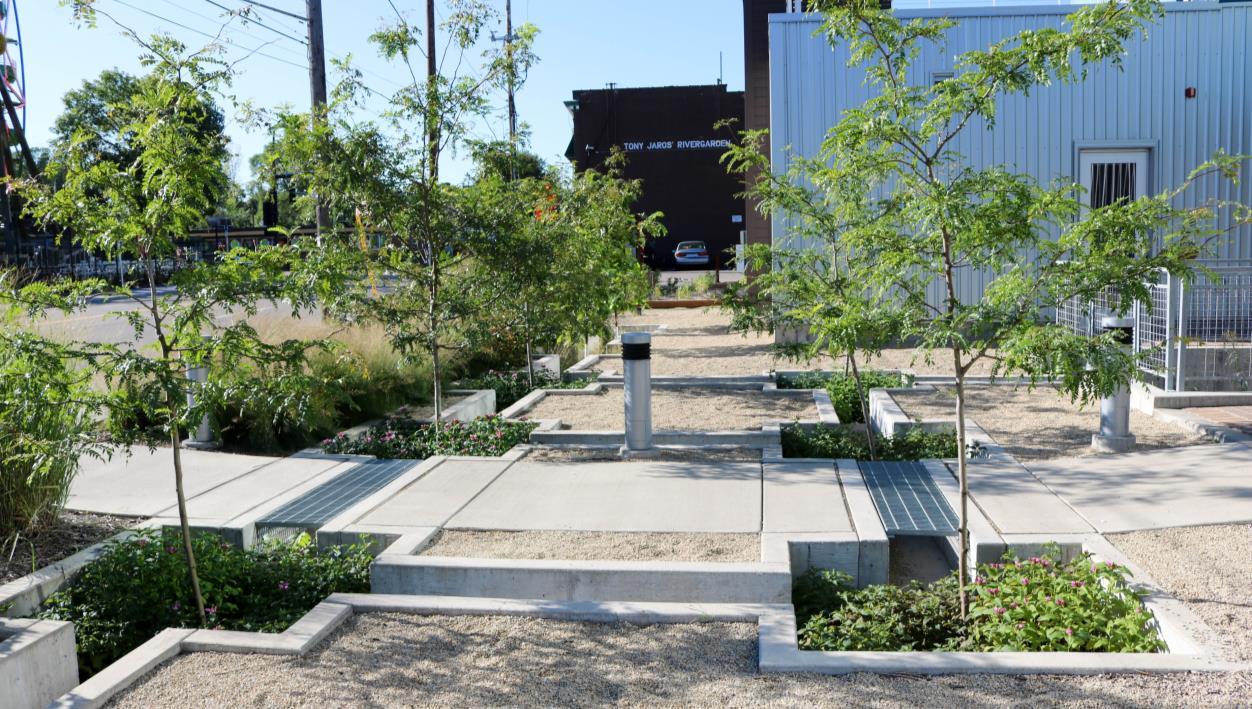
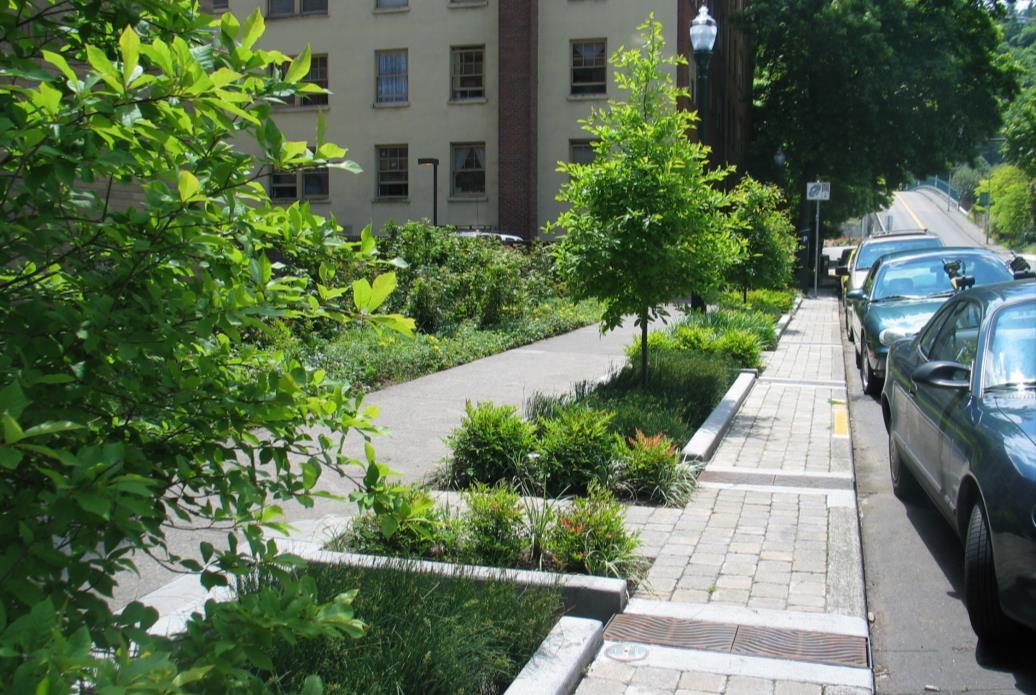
• Beautification of streetscapes

• Traffic calming via tree-lined streets
• Provides improved environment for urban trees, with additional space for growth and regular, natural irrigation
Pollutant Removal Efficiencies

• 70% Bacteria
• 90% Total Suspended Solids
(RI Stormwater Design and Installation Standards Manual)
Tree filters can include grates or fences


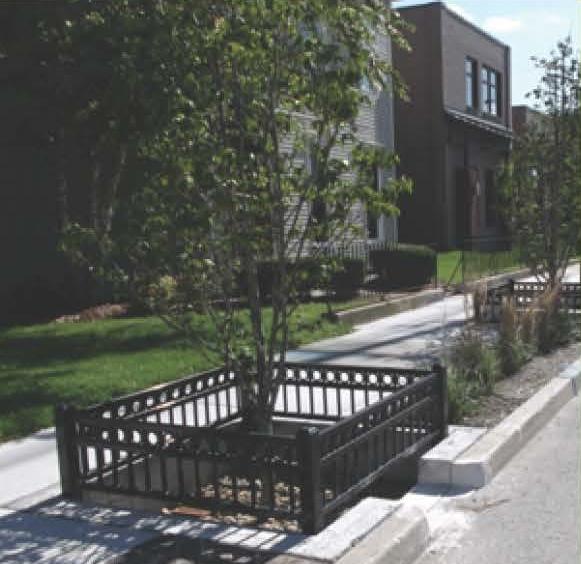
Vegetated filter Strips are uniformly graded, vegetated slopes that treat sheet flow from adjacent areas by reducing runoff velocity and utilizing vegetation to filter coarse sediments and debris.
Pollutant Removal Efficiencies

• 25% Total Suspended Solids
 (RI Stormwater Design and Installation Standards Manual)
(RI Stormwater Design and Installation Standards Manual)
Permeable pavement is any porous, hard surface that allows rainwater to seep though into an infiltration area underneath.
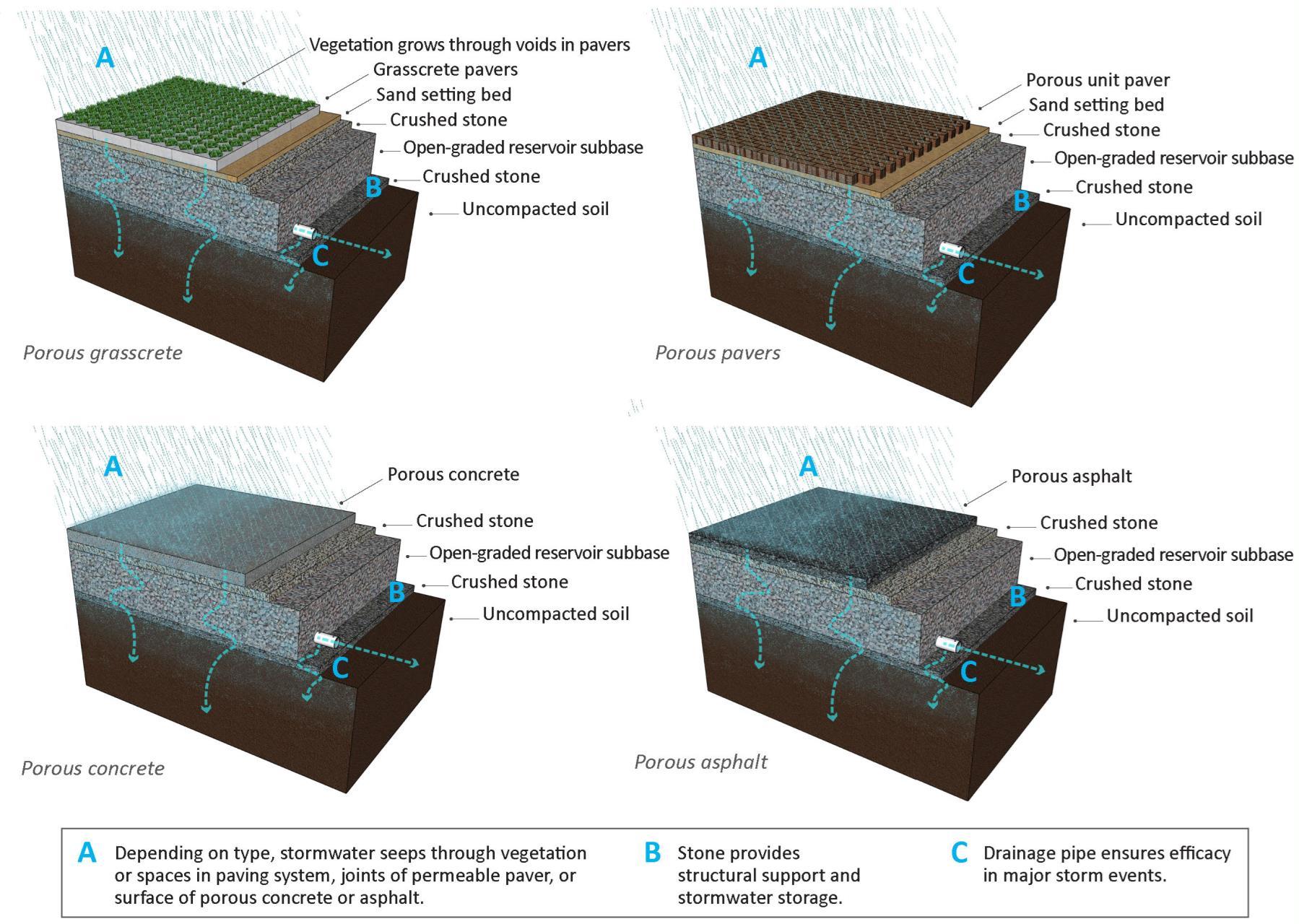
• Basic components: storage media such as stone, variety of permeable surfaces
• Can use in street right-of-way
• Avoid use of interlocking pavers in bike lanes
• Employ a variety of permeable pavements to establish use zones
• Sub-base may exist that must be removed to accommodate permeable pavement
• Consider traffic levels - not typically used with heavy vehicular traffic
• Maintenance: Surface cleaning (vacuuming) required periodically to prevent sediment build up

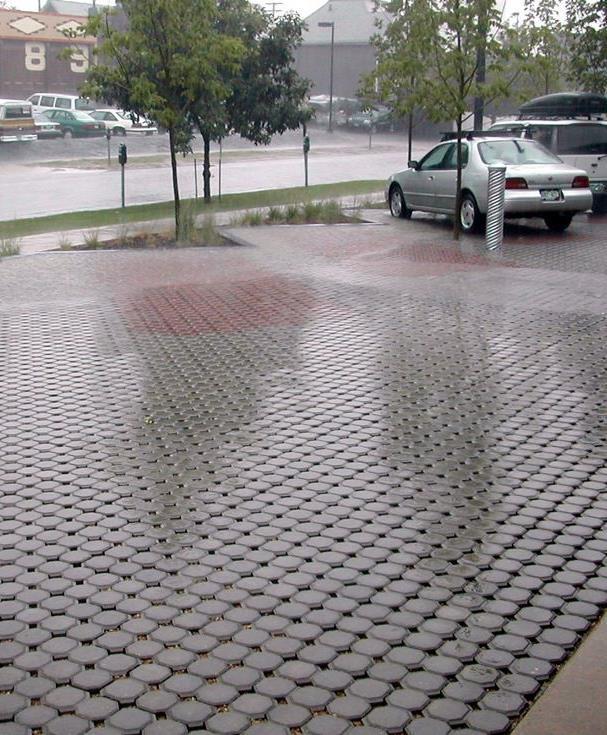
• Reduces volume of runoff
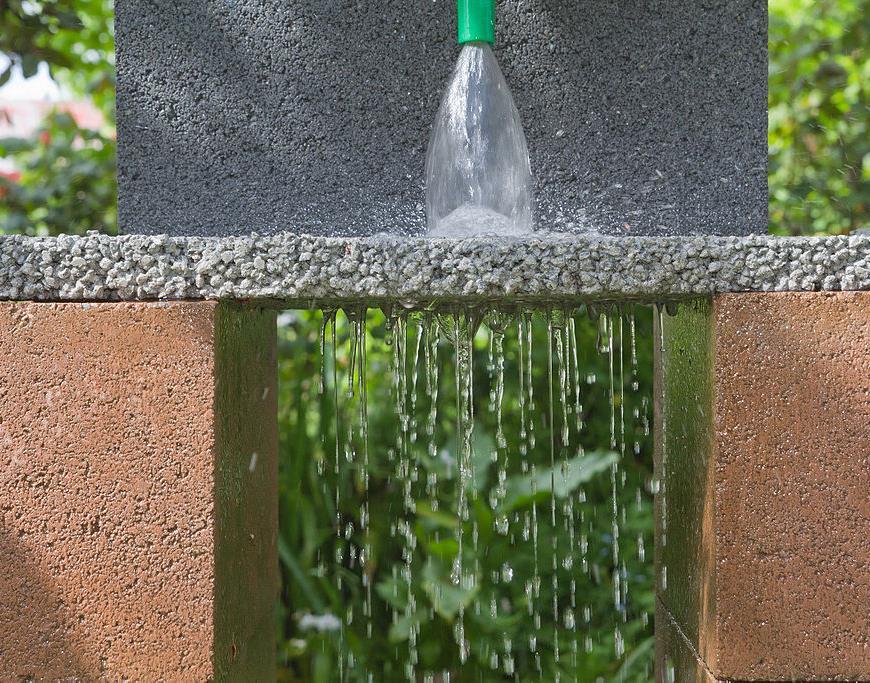
• Improves water quality
• Provides flood mitigation by reducing peak flows

• Offers a wide range of applications: green streets, alleys, parking lots, driveways, lowtraffic sidewalks, public plazas
• Maintains necessary hardscape surfaces
• Ability to install in pavement replacement projects

• Effective in areas with high land values
• Effective in areas with flooding and icing issues


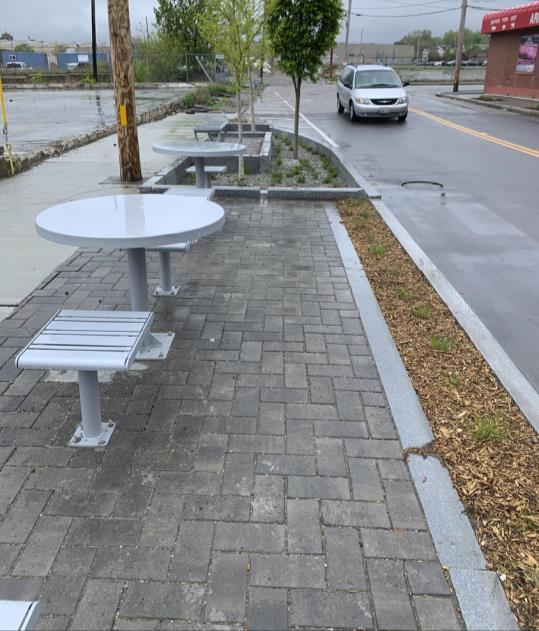










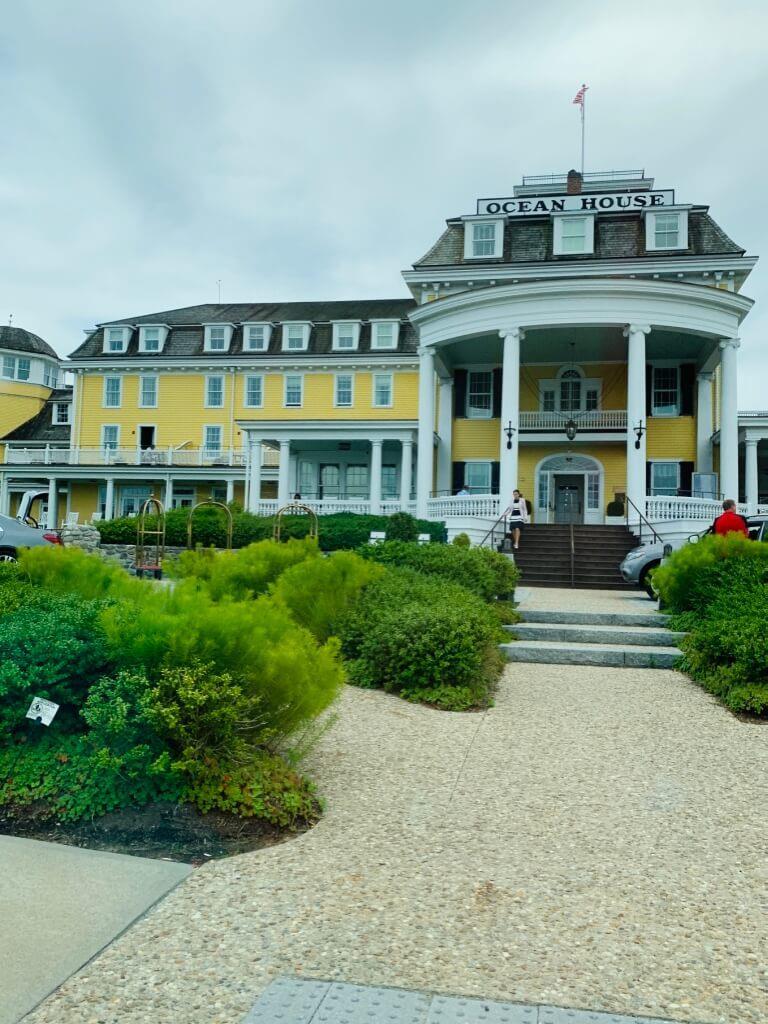
• Broadleaf evergreen shrubs

• Native Grasses
• Cool Toned perennials

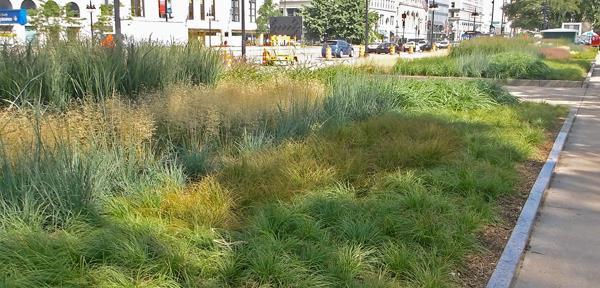


• Native Grasses
• Native Shrubs
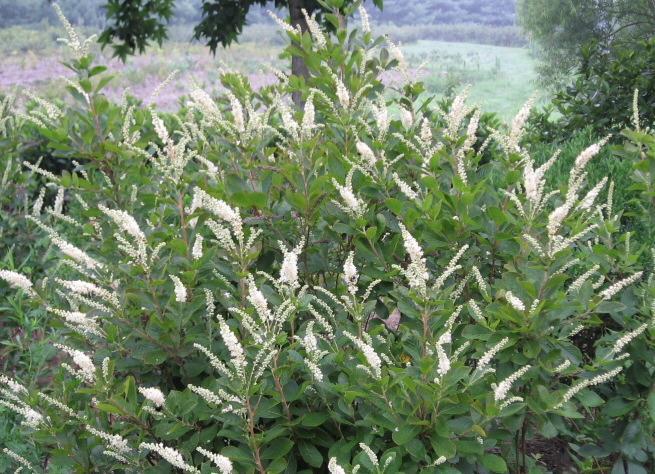

• Hardy perennials with long bloom
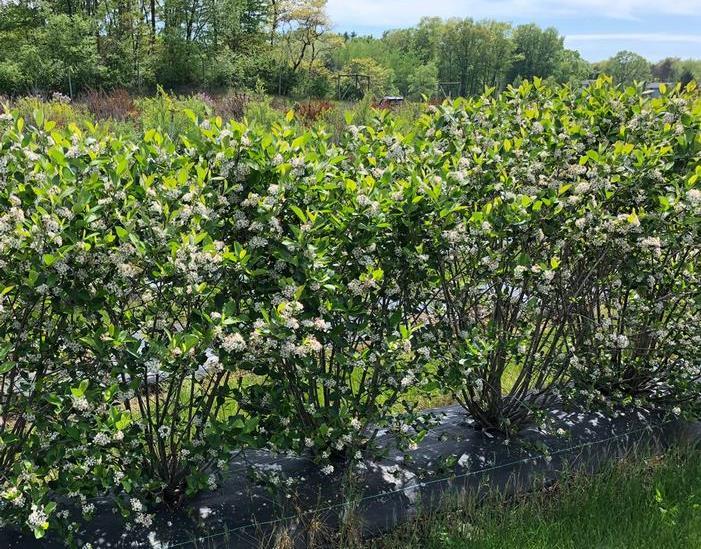
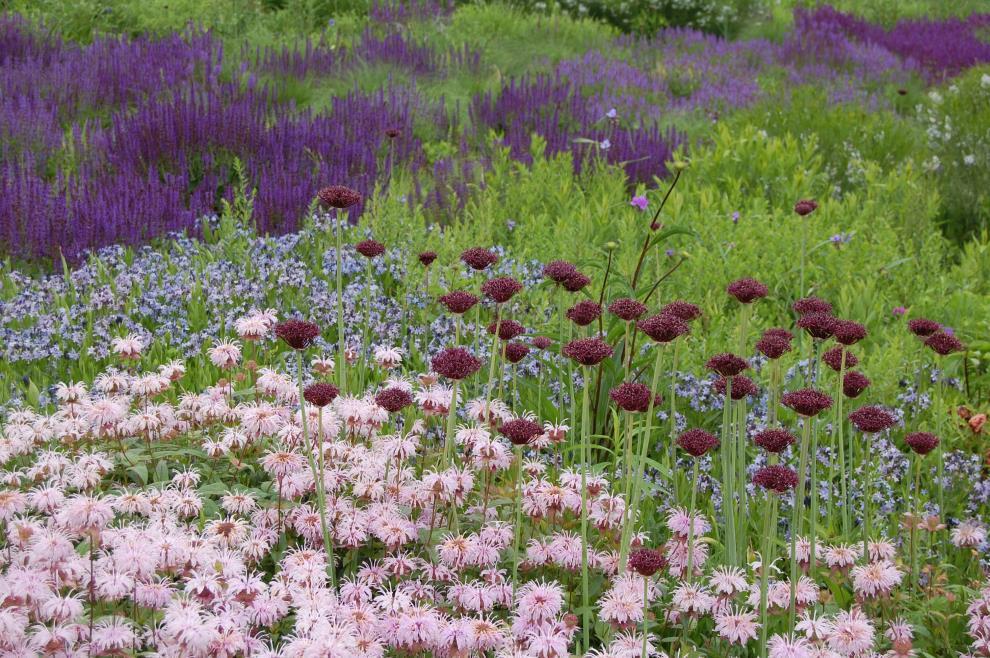
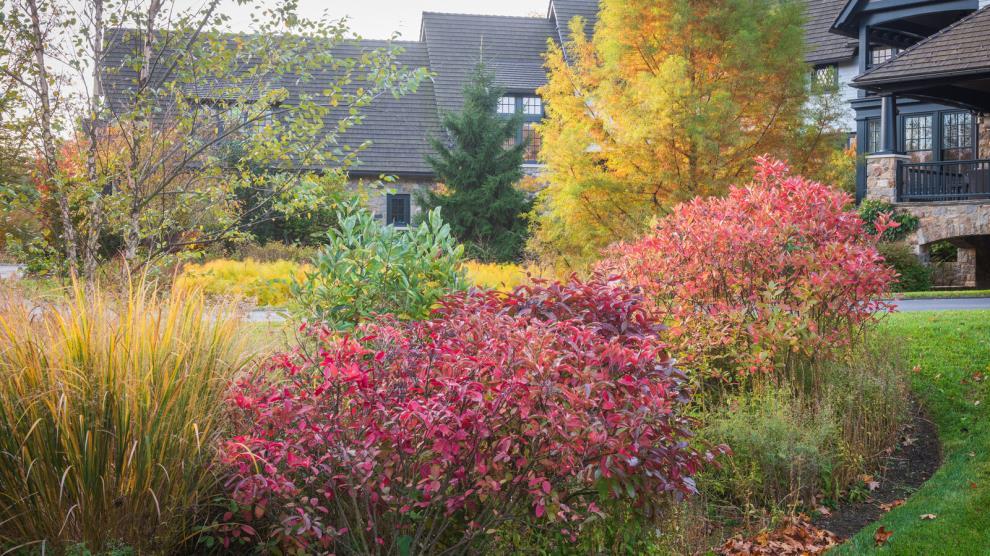
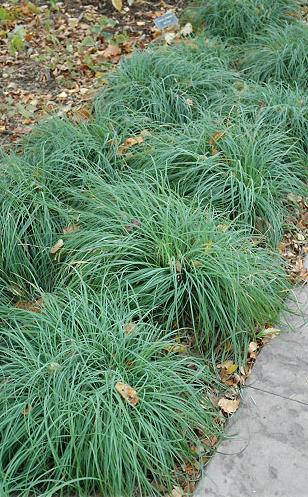
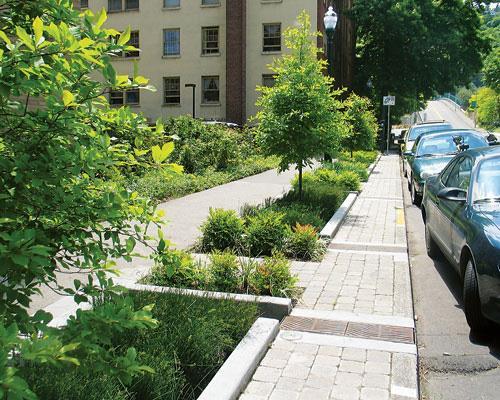
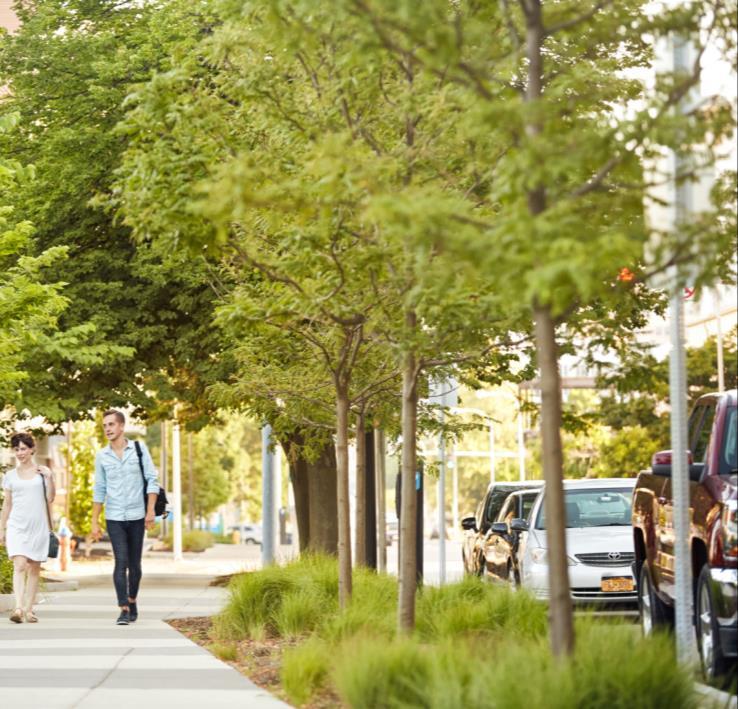

• Native Trees
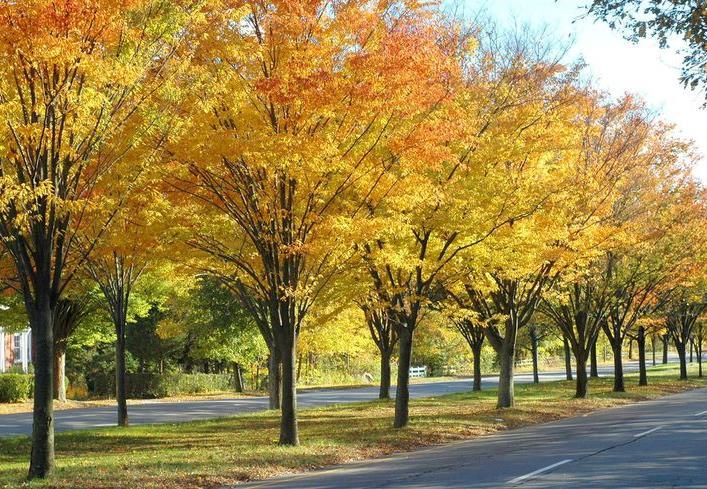
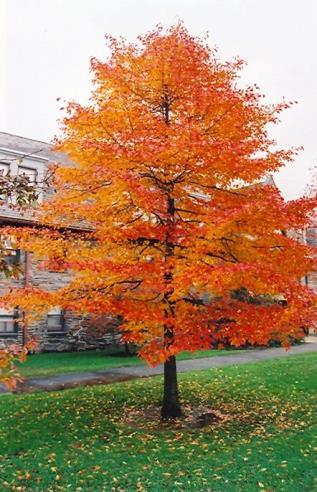
• Native Shrubs

• Native Grasses
• Hardy Perennials with Long Bloom


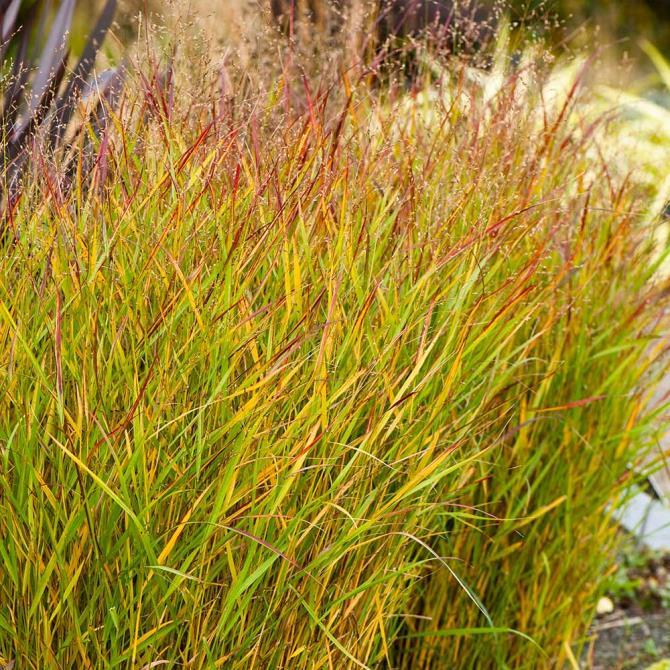
• Native Grasses
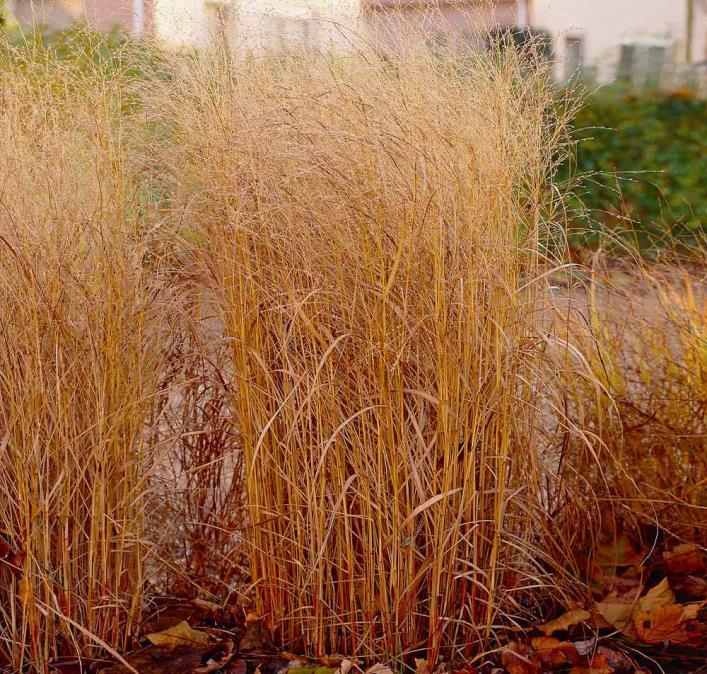
• Native Shrubs

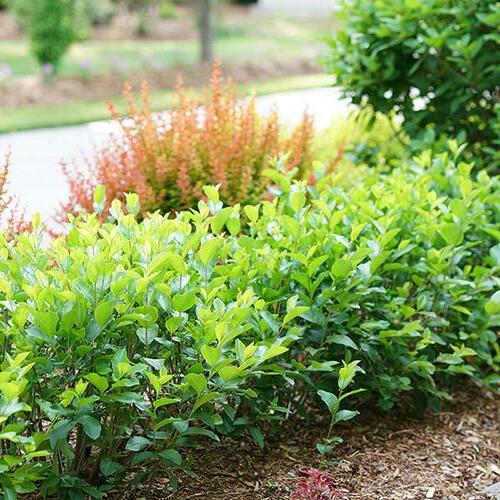
• Hardy perennials with long bloom







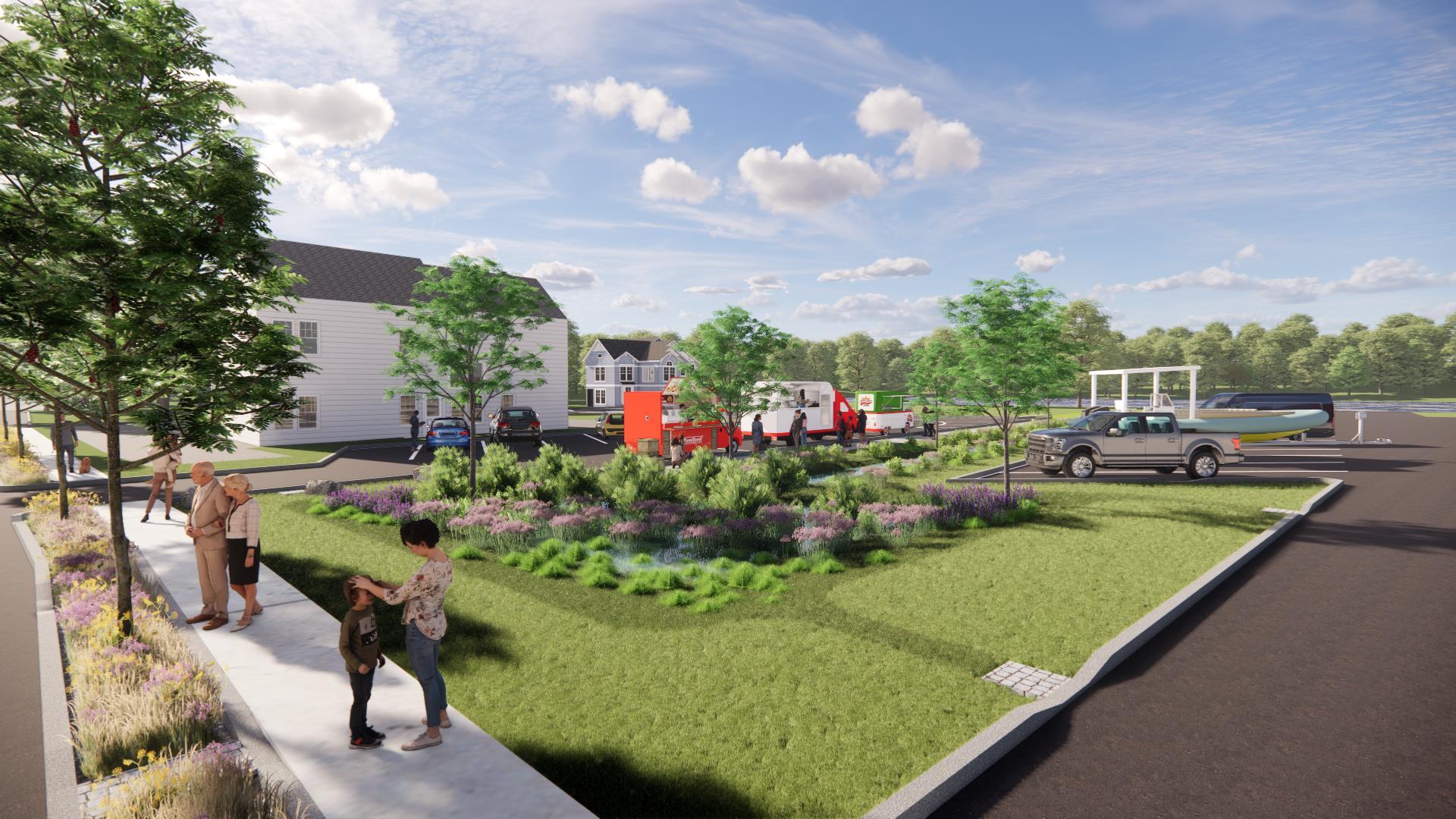
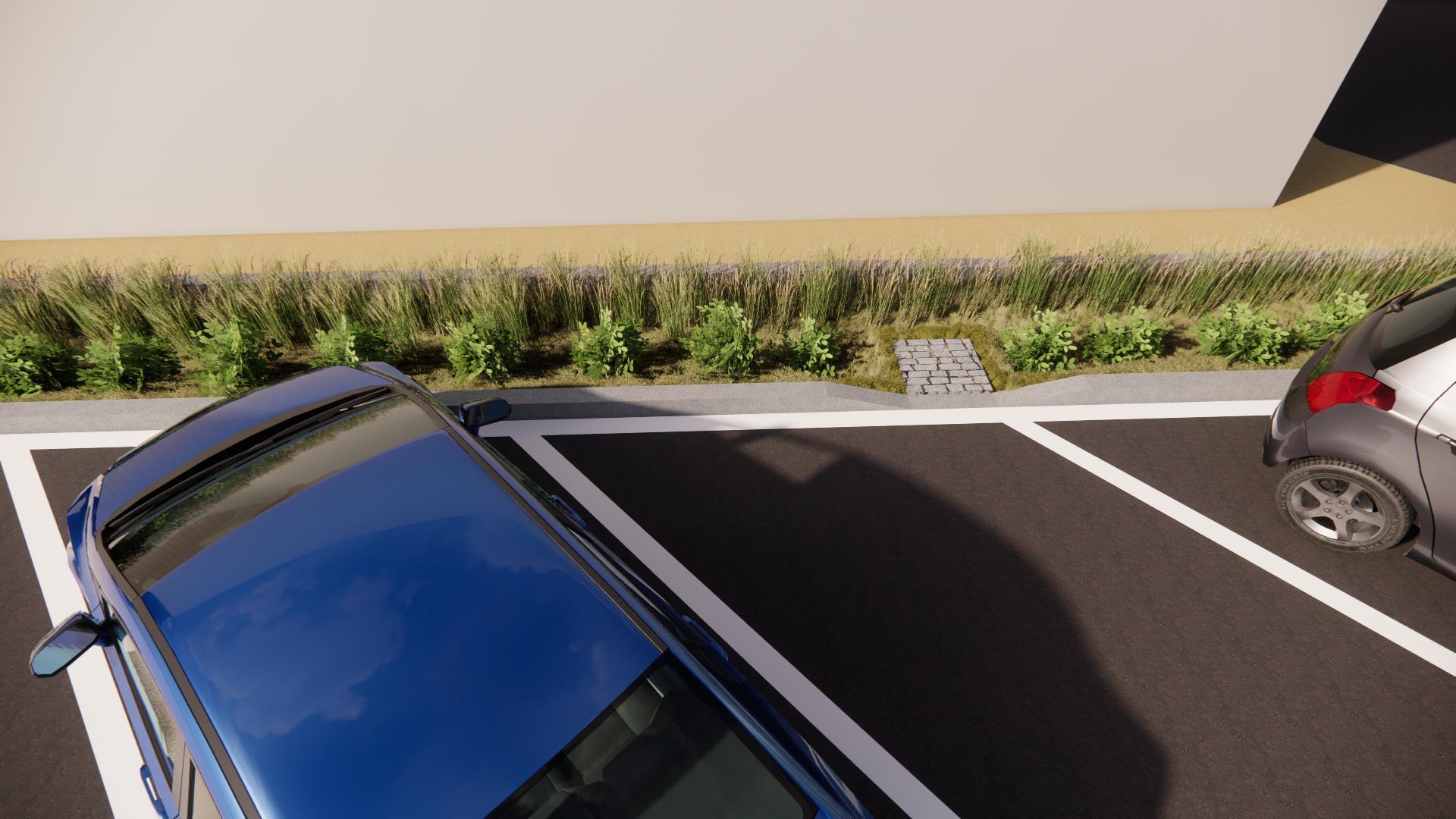




• 26 parking spaces
−
3 food truck spaces

− 2 residential parking spaces

• 8 overflow parking spaces in reinforced grass area
• One-Way Circulation
• 18-Foot Drive Aisles
• Pavement removal
• Bioretention
• Permeable Pavement

Thank you to the Town of Westerly, Nancy, Alyse, and SRICD for your valuable insight and partnership in this project


Scan the QR code to view the project website

The website will be updated as plans are completed


